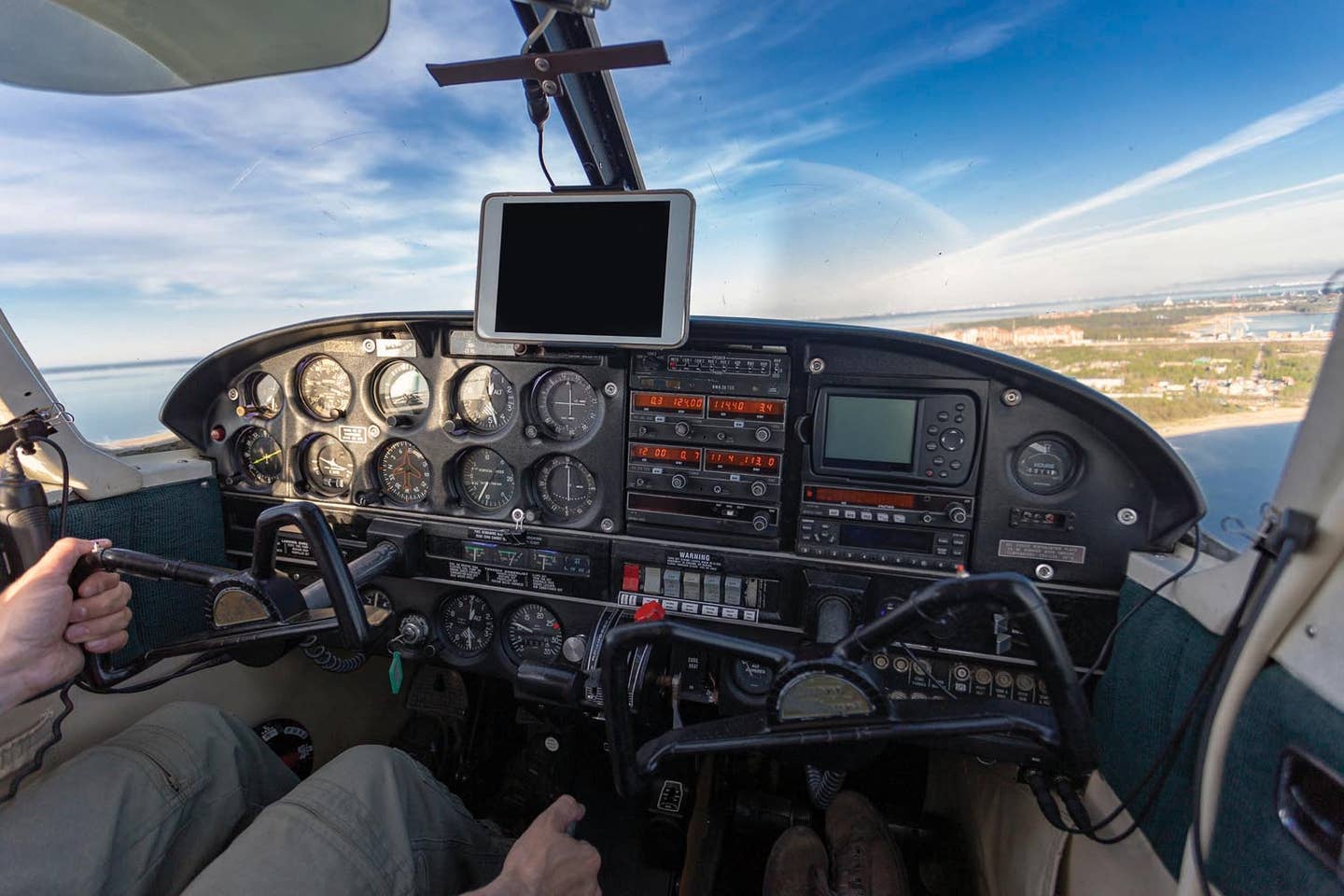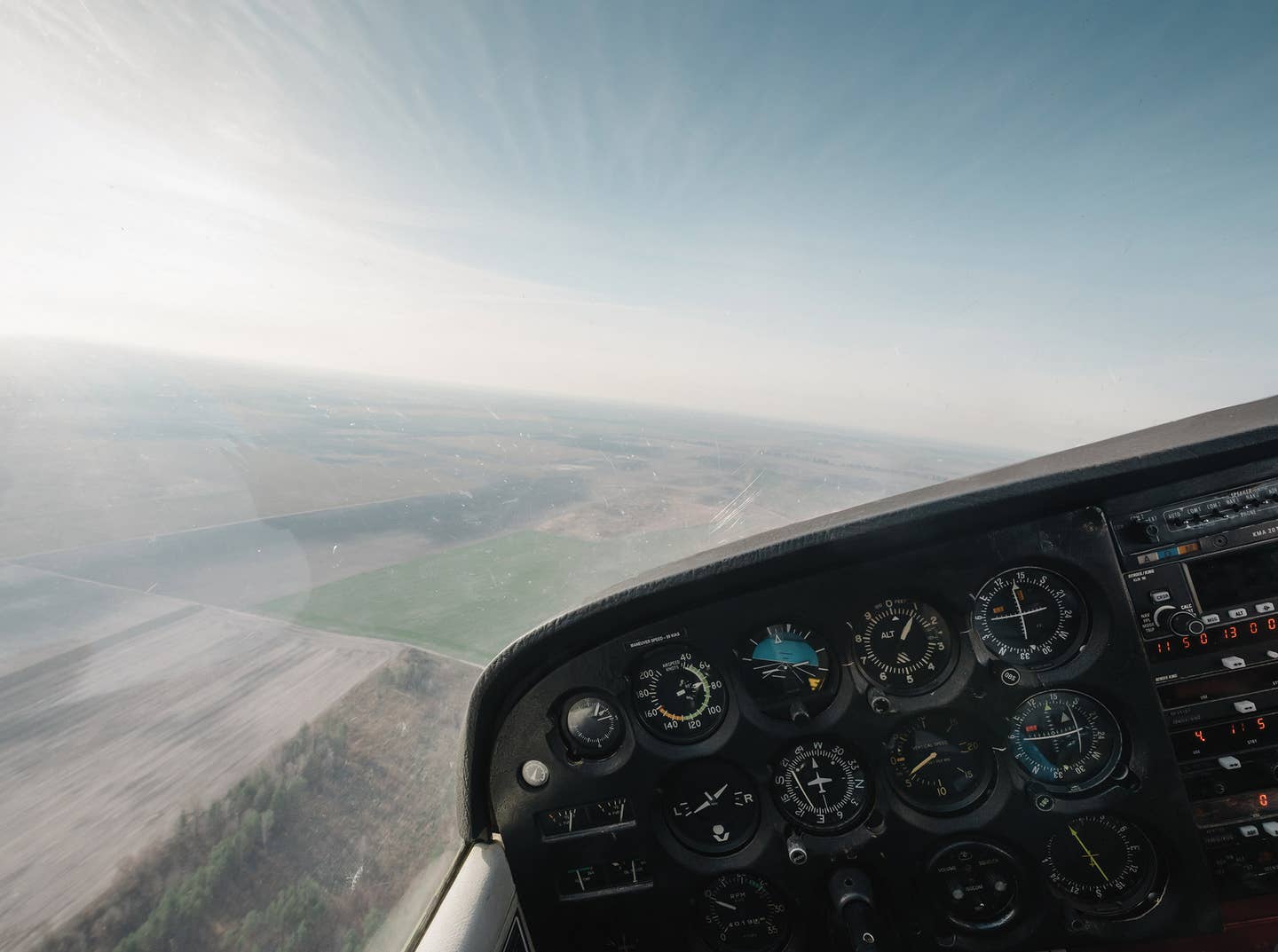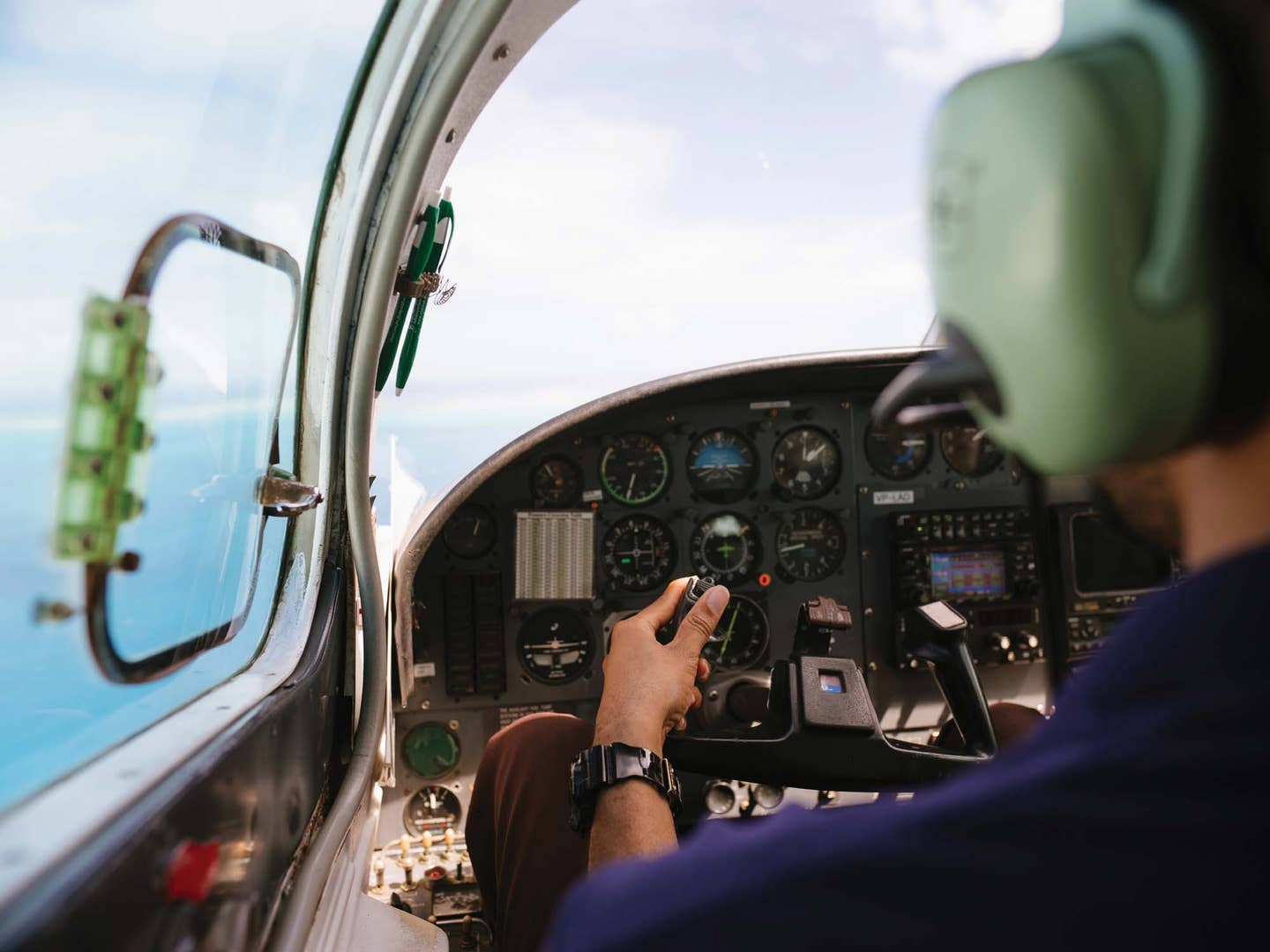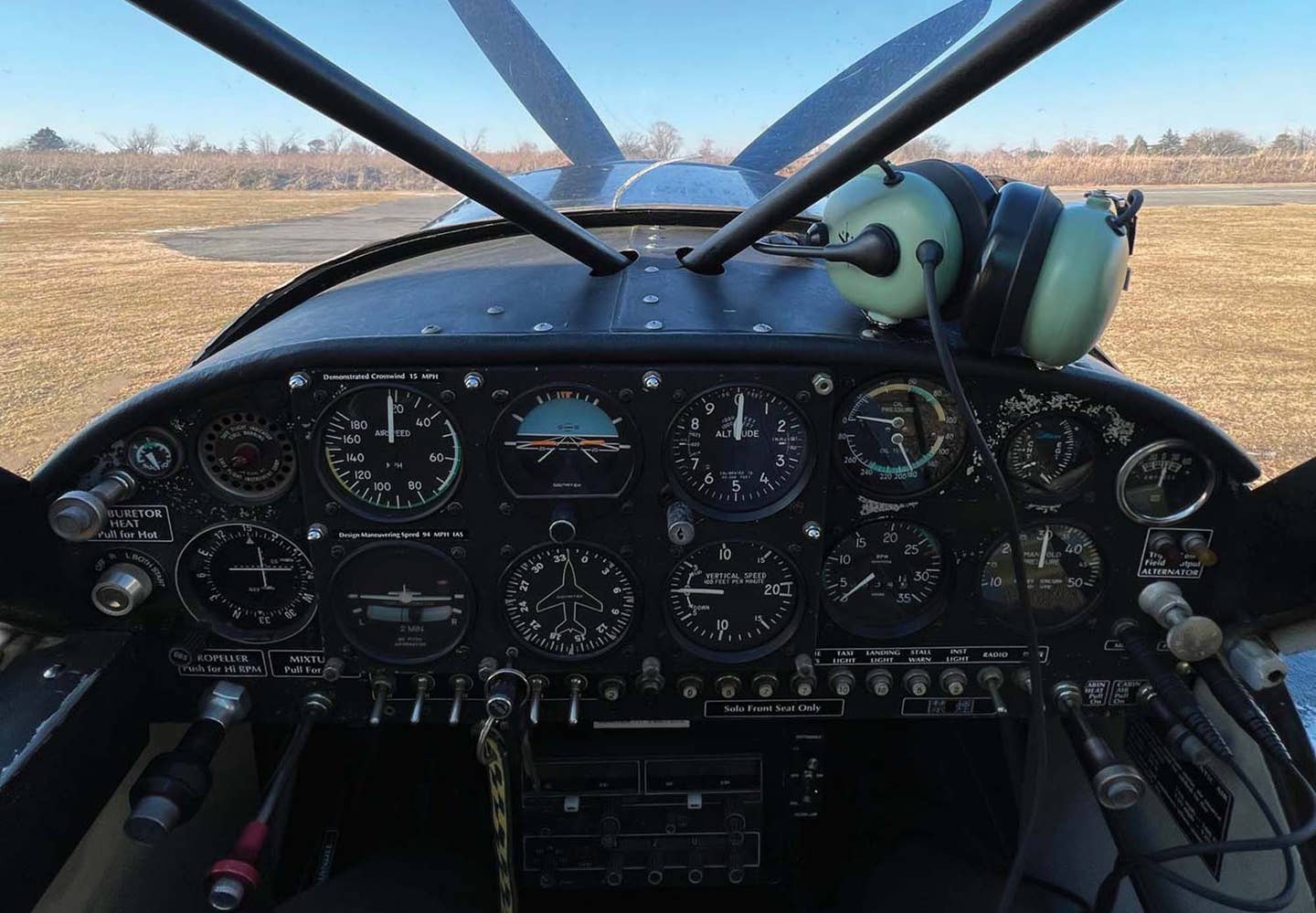Failure is Not an Option
It’s vital to know how to handle systems failures while cruising through the clouds.

[Image: Adobe Stock]
Most of the emergency procedures training we do in general aviation airplanes center around just two simple words: “What if?” What if the alternator goes kaput, the attitude indicator rolls over, or the vacuum pump takes its last breath?
As I considered this conundrum one evening, the movie Apollo 13 appeared on the screen. And contrary to legend, the best line in the 1995 film was not Jim Lovell (played by Tom Hanks) saying, “Houston, we have a problem.” No, for my money, it was legendary mission controller Gene Krantz (played by another Hollywood great, Ed Harris) asking the NASA team, “What do we got on the spacecraft that’s good?”
That attitude, making the most of the systems that remain, is the key to dealing with in-flight emergencies in jet airliners, military jets, and especially our piston-powered ma-chines down here in GA land. The ability to quickly identify what has failed, what is still operating, and how long what remains will continue to give out reliable information is the key to being prepared for any emergency. However, the task is even harder for us piston jockeys because many of our legacy singles and twins have considerably less redundancy and systems integration.
Systems Integration
True systems integration debuted in the early 1980s with the arrival of the Boeing 757. The “Flying Pencil,” as it is often called, contained the first glass cockpit, eliminated the flight engineer position, and created an Engine Indication and Crew Alerting System (EICAS) designed to lead pilots step by step through aircraft systems failures. Similarly, if you fly a sophisticated general aviation aircraft built after roughly 2005 or are lucky enough to have a full glass panel retrofitted in your legacy aircraft, the question of what is still operative after a system failure is generally baked into the glass.
These early GA glass cockpit suites, such as the Garmin G1000 or Avidyne Entegra, have failure warning cues, emergency menus, backup batteries, and a suite of training materials that lay out the path to get the aircraft home. Just like the airline glass cockpits, this is called systems integration.
The Legacy Fleet
However, these systems are expen-sive, and most of the GA owner-pilot world has not won the lottery. The average age of the current general aviation fleet is somewhere between 35 and 50 years. These beautiful, vintage aircraft are a conglomeration of old and new.
Despite the best efforts of the avionics manufacturers, old-school vacuum pumps, and mechanical gyros still predominate. Added to the mix are a variety of aftermarket GPS, ADS-B-compliant transponders, flat-screen navigators, iPads, and new or legacy autopilots. Each of these adds new capabilities that the original designers could not have imagined. Since each of these new gizmos are worth at least a couple thousand dollars a pound, they are often added, one by one, as the owner can afford to upgrade or win the lottery. When everything works as advertised, it is a sight to see. However, when something fails, these “Frankenplanes” are not so integrated.
So, what is a thinking pilot of an older, upgraded airplane to do?
The first step is to survey “what do we got on the aircraft that’s good?” Better to write it down sitting in your hangar on a rainy day than try to figure it out at 6,000 feet over the Okefenokee Swamp at midnight. Figure out what is powered by what and which instruments and/or radios are feeding information to each other. Backup batteries are often found behind the new electronic flight instrument delays. How old are they, and how long do they last are good questions to ask.
Vacuum Pumps Don’t Last Forever
Vacuum pump failure is a major selling point for glass cockpit upgrades. However, if you are still flying with a traditional “six-pack,” as I am, then significant “partial panel” practice, using the electric turn coordinator and magnetic compass, may be in order. Some pilots are concerned enough about vacuum failure that they replace their perfectly good dry pumps with new ones every 500 hours or so. The working theory is that these pumps either fail in the first few hours or sometime between 800 and 1,000 hours.
Whatever your strategy, it’s better to be prepared for the pump to fail than to hope it doesn’t. The most elegant and expensive remedy is to convert to electronic flight instruments and get rid of the vacuum system altogether. Once the new electronic instruments are installed, attitude and heading are a snap as long as the alternator is healthy, or the backup batteries still have juice. In most cases, the pilot generally has a couple of hours to find a runway. Hmm, maybe it’s time to start buying those lottery tickets after all.
All Autopilots Are Not Created Equal
An autopilot, new or old, is nearly a requirement for IFR flying these days. Let’s face it: The older analog systems many of us grew up with were much less capable, but they required very little heads-down time compared to our new digital navigators. Most of the new crop of inexpensive (curiously, aviation defines inexpensive as $10,000-$15,000) autopilots are self-contained and provide their own attitude and heading reference (ADHRS).
So, if the autopilot has electrical power, the bird will fly straight and level all day long. However, many older legacy autopilots take their roll commands from various instruments located within the six-pack, most often the turn coordinator, DG, and the altimeter. However, some older autopilots, common to many GA aircraft, receive power from the aircraft’s electrical system but take their attitude and heading reference from the vacuum-powered attitude indicator and directional gyro. So, no vacuum, no autopilot. That’s a good thing to know if you were counting on “George” to fly the plane if the vacuum pump calls it a day.
One common remedy is the ubiquitous iPad/tablet. Many ADS-B-compliant transponders and GPS have internal ADHRS that provide attitude information to the iPad/tablet. While these may require calibration and are not a primary attitude source, any source of attitude information is welcome when problems arise. The takeaway is to know what the capabilities and limitations of your particular cockpit suite are when everything is working, and more importantly, when it is not.
Electricity Is Wonderful Until It’s Not There
When the alternator fails, the clock starts ticking until it gets dark and quiet in the cockpit. And just like the crew of Apollo 13, the key to success is maintaining battery power for the final stages of the flight.
After you “squawk and talk,” if you can go VFR and land, just do it. If not, consider shedding any unnecessary electrical loads by simply turning off lights and unused devices. Just make sure to let ATC know what you are doing. And here is where our iPad/ForeFlight/portables really shine. Their internal batteries generally last well beyond the aircraft’s endurance.
If you purchased the geo-referenced version of the software, your navigation program can provide basic navigation information, including backlighting on that proverbial dark and stormy night. Portable aviation band radios shine in this role, just as long as the batteries are fresh. A good handheld radio and clip-on flashlight are indispensable tools on that dark and stormy night when the power takes a powder.
Knowing your systems and regular practice give you confidence that you can fly the aircraft with a variety of systems failures…You might already have a solution.
So, what is a thinking pilot to do?
First, conduct a thorough inventory of the systems available on your individual aircraft. Pull out the POH and review the electrical diagrams. Then factor in all the new equipment and modifications that your piggy bank has allowed you to make. This inventory should include a listing of what is powered by which specific energy source and what the cockpit will look like if each of those energy sources were to fail.
Second, adapt your personal minimums to the capabilities of the aircraft and the pilot. It is one thing to consider breaking a 400-foot ceiling when everything in the cockpit is working. It’s quite another when the pilot is reduced to flying needle, ball, and airspeed. Just maybe setting higher personal ceiling and visibility limits for aircraft with legacy systems might give you more time to transition from partial instrument flight to a successful landing.
Third, practice, practice, practice! Use your IFR currency flights and Instrument Proficiency Check (IPC) to practice flying with partial system failures you may be likely to see. And consider practicing in a realistic environment. When was the last time you flew for a solid hour under the hood (with a safety pilot) using only your turn coordinator, pitot static instruments, and iPad/portable information to arrive at an airport? It’s one thing to do a five-minute partial panel approach but quite another to fly partial panel more than an hour to your nearest emergency landing field.
Ask for Help
ATC is more than willing to help and, traffic permitting, will welcome the practice. When you practice partial panel, ask the controller for “no gyro” radar vectors to cap off the exercise. The controllers will tell you to “start turn” and “stop turn,” relieving the pilot of the responsibility to discern the proper heading.
If the radar facility is capable, culminate the flight with an Airport Surveillance Radar (ASR) approach. The controller will call your headings and altitudes and tell you when to descend. It’s great practice, and when the real thing happens, it’s no longer a new skill to be learned.
The end result of this kind of practice is increased competence and confidence. Both are important.
‘It’s Not Possible. No, It’s Necessary’
Our friends in the military and commercial ranks train endlessly to recover the airplane when systems fail. This spirit is encapsulated in my favorite line from the 2014 sci-fi movie Interstellar, which is, “It’s not possible. No, it’s necessary.”
It is simply necessary to land the plane, through the weather, with vacuum, electrical, or other critical component failures. With thorough preflight planning, com-plete systems inventory, and regular practice, we too can bring our piston-powered birds down through the clouds to a safe landing, even when all the shiny things on the panel are not working.
Knowing your systems and regular practice give you confidence that you can fly the aircraft with a variety of system failures. So, one day, if you have to pick up the microphone and say, “Houston Center, we have a problem,” you just might already have a solution.
Fly safe!

Subscribe to Our Newsletter
Get the latest Plane & Pilot Magazine stories delivered directly to your inbox






